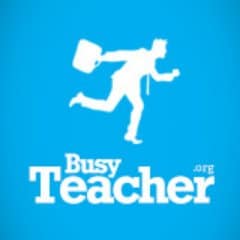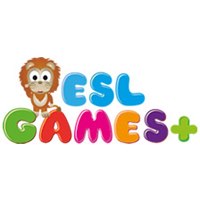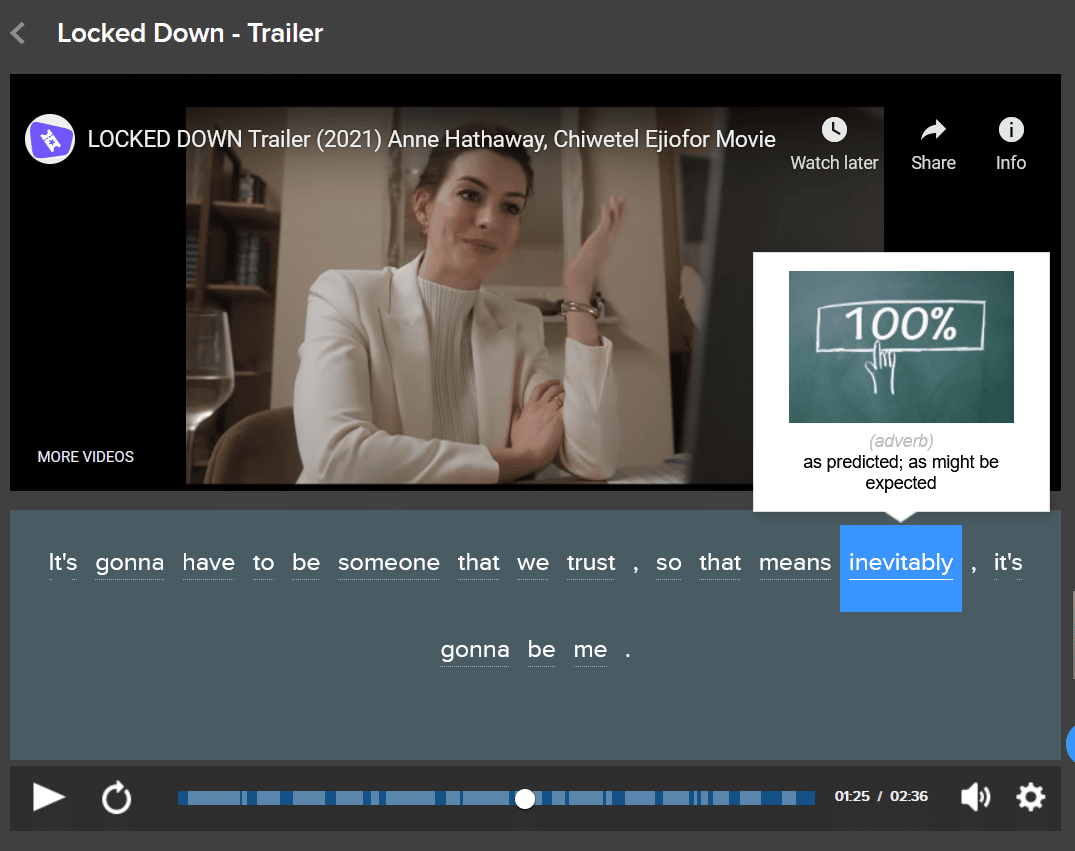
Resources and Strategies for Teaching High School ESL
What works with adults in the ESL classroom doesn’t necessarily work with teenagers.
In this guide, I’ll share with you some of the best strategies for teaching high school ESL students, as well as resources you can use to supplement your teaching.
Contents
Download: This blog post is available as a convenient and portable PDF that you can take anywhere. Click here to get a copy. (Download)
Resources for Teaching High School ESL
ESL Flow
No matter what topic you’re teaching, you can find materials for it on ESL Flow. There are flashcards, worksheets, conversation questions, icebreakers, reading comprehension activities and more.
From the homepage, simply click on the topic you’d like to teach to find an extensive list of links. When you click on a link, you’ll either be taken to a PDF file or an external website where you can download a worksheet.
If your students are getting ready to graduate high school, there’s a great reading lesson you can use to teach the differences between high school and university students. If your goal is to improve fluency and critical thinking skills in your learners, while also covering topics teens love to talk about, look at the worksheets and activities in their controversial topics for a debate class section.
Busy Teacher
With Busy Teacher, you can do a quick search for the topic you want or browse their top worksheets to what’s popular. There are even tools to help you make your own worksheets.
At the click of a button, you can create your own word search or puzzle. This is great for teaching vocabulary lessons. You’ll just have to sign up for a free account to download the materials.
For part of a cultural lesson on the United States, you can use Busy Teacher’s worksheet about American High schools and draw comparisons to your students’ local schools. There’s even a high school grammar exam you can use to test your students’ ability on English grammar.
BBC Learning English
This website is good for finding interactive games and activities, which can be used in the class or set as homework for your students. There are also lots of videos, questionnaires and short courses for students to complete, and the website is updated with new content regularly.
The Grammar Gameshow is a great resource for turning boring grammar lessons into fun activities for your high school students. Shot in the same style as a TV game show, this activity challenges students to answer a number of grammatical questions, ranging from basic grammar to the really difficult stuff. Best of all, there are more than 30 episodes, and each episode has its own theme.
If you want something with less prep time, try the English in a Minute videos. These videos take words that ESL students commonly mix up, like hard/hardly, make/do and must/have to, and explain them succinctly in just one minute.
BBC Learning English is particularly useful for teaching about news and current affairs. High school students often struggle to keep up with the speed of TV news reports. Plus, the formal language makes them particularly hard to understand. LingoHack breaks down real news videos and teaches key words and phrases. For your next listening lesson, use News Report to play audio clips reporting current events.
ESL Games+
You don’t have to spend time creating, cutting and laminating cards in order to have good ESL games for your lessons. The ESL Games+ website has a range of games prepared for you, which you can bring up at the click of a button.
Great for if you have an interactive board or a projector in your classroom, the games on ESL Games+ can get your high school students working together to solve challenges or compete against opposing teams.
One of the main reasons why I like to use ESL Games+ with my high school students is because it gives them a fun break from the regular learning routine, which is really important for keeping teens engaged and motivated. I find using these games as a wrap-up activity at the end of grammar and vocabulary lessons is a great way to review previously-taught material and end your lesson on a high note.
Visit the “500 Words for Exams” section for handy vocabulary lists, and try the idiom quizzes for more advanced classes.
ISL Collective
ISL Collective has a range of printable worksheets, educational images and video lessons for teachers to use. You can filter materials by grammar, vocabulary, material type, level and even the most popular worksheets, so it’s easy to find exactly what you need for your high school class.
You need to register for an account to use the site, but it’s free to do so and only takes a minute or two.
Tip: When searching for worksheets, make sure to set the filter to high school students.
Breaking News English
If you need up-to-date lessons on hot topics for your high school lessons, Breaking News English is a great option. It has a huge database of lessons on news stories, which include fill-the-blank exercises, dictation, word pairing, brainstorming and survey questions for students to ask each other.
Perfect for last-minute activities, Breaking News English requires very little lesson preparation and covers topics that are especially interesting to many sophomores and seniors in high school, like sports, current events, science and more.
TEFL Bootcamp Podcast
While more of a general resource, the TEFL Bootcamp podcast is ideal for high school teachers because it’s filled with valuable tips on teaching methods, lesson planning, classroom management and more. The content is very helpful for learning how to motivate teenage students.
Since everything is broken down in short episodes, you can listen to it on your lunch break or during your daily commute. Try the Teaching Methods for TEFL episode for some inspiration for your next class.
Strategies for Teaching High School ESL
1. Include journaling time
Friendships are extremely important in the teenage years. Whether you’re teaching a class of internationals or have EAL students in a public, English-speaking school, their friends will most likely be a big influence in their lives.
You can help your ESL students succeed by giving them opportunities to form relationships in class, and they can improve their English skills at the same time. Do so by letting them journal.
The key to making this strategy work is allowing students to be personal in their journaling. Give them permission to write whatever they want, without the fear that you’ll read it. You can also remind them that you will not be grading what they write and that they should not stress about spelling, grammar or vocabulary.
Just letting students write freely will improve their writing skills. In this situation, it’s practice, not perfection, that’s the goal.
After students have time to write, invite anyone who wants to share to read what they wrote aloud to the class.
2. Integrate social media and technology
It’s not as difficult to integrate technology into the classroom these days. Set up a classroom blog on BlogSpot. Have students write and film videos for YouTube. Send and receive homework via email. There are tons of ways to integrate technology into your classroom, so keep yourself aware of technology and be open to bringing it into class.
One way to integrate tech in the classroom is by using FluentU. The program uses authentic videos like movie trailers, music videos and vlogs to keep students engaged.
You can show videos to the full class, guided by accurate subtitles and review quizzes, or you can assign individual students to watch videos of your or their choosing. Since videos are divided into six levels of difficulty, it’s easy to find content that suits any student.
When students learn with FluentU, they have access to instant contextual definitions right from the subtitles. Plus, any word can be saved as a flashcard for later review through adaptive quizzes.
In a nutshell, FluentU is a way to include technology in the classroom that’s easy for you and enjoyable for the students.
3. Include pop culture
In today’s information age, people all around the world can follow the lives of their favorite celebrities on Twitter, see Hollywood movies or connect with today’s pop icons via Facebook and Instagram. And many of your students will be doing just that.
Tap into their interests by including pop culture in your classroom, too. Use popular movies for listening activities. Bring in magazines—such as People, Entertainment Weekly and Rolling Stone—for reading activities. Tap into your students’ interests with content that appeals to them, and you’ll see their engagement level rise.
4. Respect their previous knowledge
Proficiency in English does not equal intelligence or experience. When you’re talking to a toddler just becoming fluent in the English language, you can safely assume they lack life experience. But your high school ESL students aren’t in that same place. Even those least proficient in English have over a decade of life experience behind them. It’s important to respect your students’ past and experience.
You can do this by giving them a chance to share what they know with the rest of the class. Have an “expert” day where everyone shares their expertise on something. Ask students to share on a topic they know about. Have them tell their classmates why that topic interests them, and five things everyone should know about that subject. Then have a short Q&A session following the presentation.
5. Win the right to be heard
For your students to learn best in English, it helps for them to know that you care about them as people.
To build that relational bridge, take a few minutes at the start of your class or school day to chat with your students. Ask them how they are, what’s going on in their lives, what they did over the weekend. Let them tell you about the music, movies and video games they like. And invite them to share the things that are important to them as part of your class time.
Get to know your students as people. Though you may feel you could really use those ten minutes for a grammar review, take time to talk to your students instead. In the end, it will pay off far more.
6. Build bridges
Especially when you teach international students, you’ll need to build bridges. Being intentional about making social connections will help expand your students’ support networks as well as give them chances to speak English.
Make opportunities to invite native speakers from your school into your ESL class. Encourage conversation partners, have combined classes or do interviews with other teens.
Finally, help your international students build bridges among themselves by encouraging different expressions of culture. Since culture is such an intrinsic part of who we are, we might not realize culture is often the culprit when misunderstandings arise. That means your students may misinterpret situations in which their native cultures are clashing with that of their classmates.
7. Think about their future goals
When you already respect your students’ pasts and enrich their presents, the only thing that remains is to consider their futures. Keep in mind what your students ultimately plan on doing with English and prepare them appropriately.
Will they need English to accomplish everyday tasks? Focus on survival English.
Will they use English for further education? Will they need to take standardized tests to get into college? Focus on academic English.
Will they assimilate into an English-speaking culture? Don’t forget to include social English, too.
Your students have their whole futures in front of them.
The more you can do to teach them about what lies outside your classroom walls, the better prepared they’ll be.
Download: This blog post is available as a convenient and portable PDF that you can take anywhere. Click here to get a copy. (Download)










